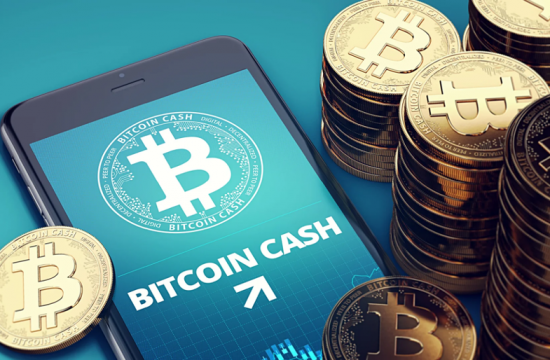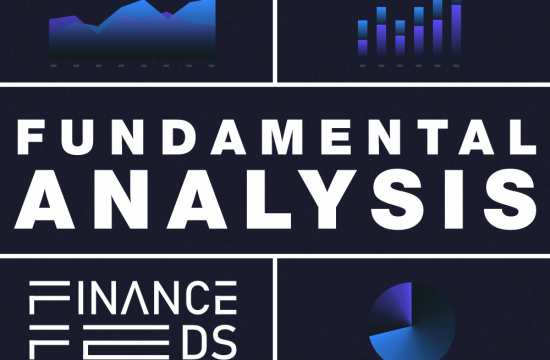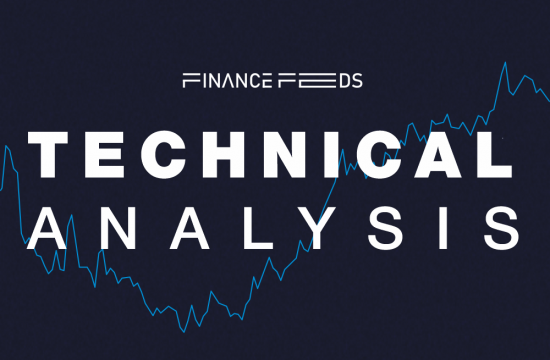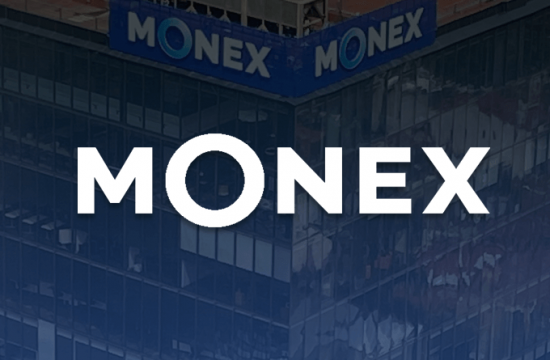Kaiko Research’s Riyad Carey concluded that GUSD doesn’t appear to be propping up any entity or pose any serious risk to Gemini’s solvency.

There is growing awareness and concern that the tokens issued by centralized exchanges are their weakest link. The collapse of FTX and Alameda following the dumping of FTT has shown precisely that.
Following the FTX downfall, attention turned to Binance, with strong pressure on BNB and BUSD, but Binance seemingly passed its stress test.
Now that the crypto lending service provided by Genesis Global, a subsidiary of Digital Currency Group (DCG), has put Winklevoss-owned centralized crypto exchange Gemini in a difficult spot, attention has now turned to Gemini USD.
Kaiko, a provider of real-time and historical cryptocurrency trade data, order books, and aggregated prices through a cryptocurrency API, regularly provides insights into the digital asset ecosystem through its research department, Kaiko Research.
Its latest publication, “A Look at Gemini USD“, offers an in-depth analysis of Gemini and GUSD, a USD stablecoin issued by Gemini that is 1:1 backed with cash deposits at banks (including Silvergate), money-market funds, and U.S. Treasury bills.
The auditing firm BPM conducts monthly attestations regarding GUSD’s backing. Additionally, Gemini is regulated by the notoriously stringent New York Department of Financial Services (NYDFS) and GUSD is thus subject to specific NYDFS guidance on stablecoins that governs backing, redeemability, reserves, and attestations.
Despite these safeguards, GUSD was heavily shorted as Gemini halted withdrawals, according to Kaiko, which provided data of GUSD supply APR on Aave nearly hitting 90% as users borrowed GUSD – “clearly the market interpreted Gemini’s troubles as a potential problem for GUSD, too”, said Riyad Carey at Kaiko Research.
Gemini’s GUSD doesn’t appear to pose any serious risk to Gemini’s solvency
The research firm explained that centralized exchanges have financial incentives to issue and maintain banking for their stablecoin, but contrary to similar cases, Gemini’s GUSD is not particularly used on CEXs nor DEXs.
“Given that GUSD isn’t really used on centralized or decentralized exchanges, what is it used for? At the moment, its primary use case is in the MakerDAO Peg Stability Module (PSM), a reserve that helps the protocol maintain DAI’s USD peg. In his proposal to MakerDAO, Tyler Winkelvoss, cofounder of Gemini, stated that Gemini’s goal was to increase GUSD’s usage on chain. Gemini agreed to contribute “to MakerDAO a fixed rate of 1.25% (annualized rate, calculated and paid on a monthly basis) for any GUSD present in the PSM, as long as the average monthly balance on the last day of the month is over $100m GUSD.”
“Currently, over 490mn GUSD is held in the PSM, which represents about 85% of GUSD’s market cap. Recent MakerDAO governance discussions have raised concerns about GUSD’s heavy reliance on the PSM and Gemini holding GUSD reserves at Silvergate, a crypto-focused bank that took a $718mn loss liquidating its debt last quarter to cover $8.1bn in withdrawals. Its shares are down over 40% today”, Riyad Carey continued.
Kaiko concluded there is little GUSD liquidity available on either centralized or decentralized exchanges and GUSD is only redeemable on Gemini.
“Despite some fears surrounding Gemini and GUSD, it has not lost its peg. The worst case scenario would involve troubles at Gemini that cause a delay in redemptions. Given the illiquidity of GUSD and the fear that this would generate, in this scenario it would not be surprising to see GUSD temporarily deviate from its peg and return once redemptions resume. But GUSD is small and not systemically important in centralized exchanges or DeFi; even a significant depegging would be unlikely to rattle DAI”, Carey explained, who concluded that GUSD doesn’t appear to be propping up any entity or pose any serious risk to Gemini’s solvency.












